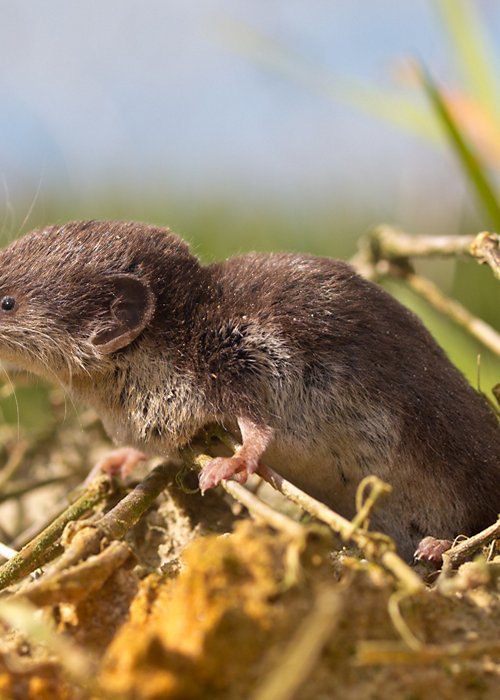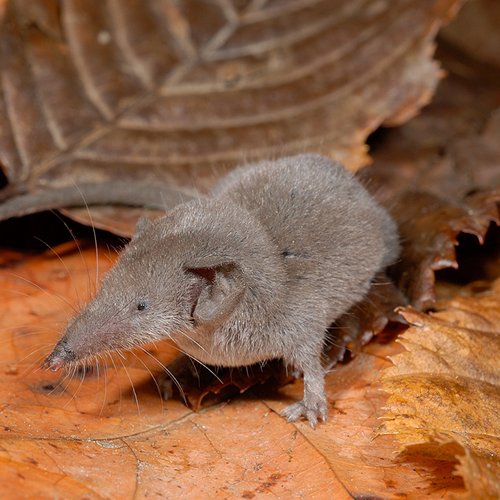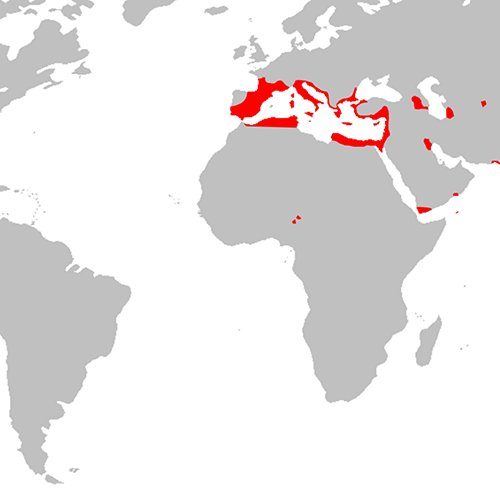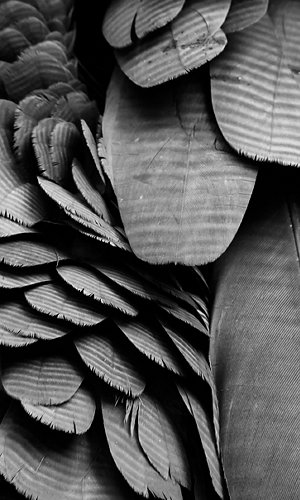Which is the tiniest micromammal, i.e. the smallest mammal on the planet? Up until almost half a century ago, it was Italian, or rather, Etruscan. The Etruscan shrew (Suncus etruscus) may look like a mouse but it is an entirely different species. Shrews belong to the order of insectivores that includes moles and hedgehogs, which are generally small animals but shrews beat them all. They resemble mice with soft grey fur, elongated snouts, round ears and tiny dark eyes. A particularly large adult is 6 centimetres long including the tail and weighs just over two grams – the equivalent of 10 grains of rice. The Etruscan shrew is the second smallest mammal on the planet. The champion of miniaturisation is a bat discovered in 1973 in Thailand, the bumblebee bat (Craseonycteris thonglongyai). It weighs one gram more than an Etruscan shrew but is only 3 centimetres long.





